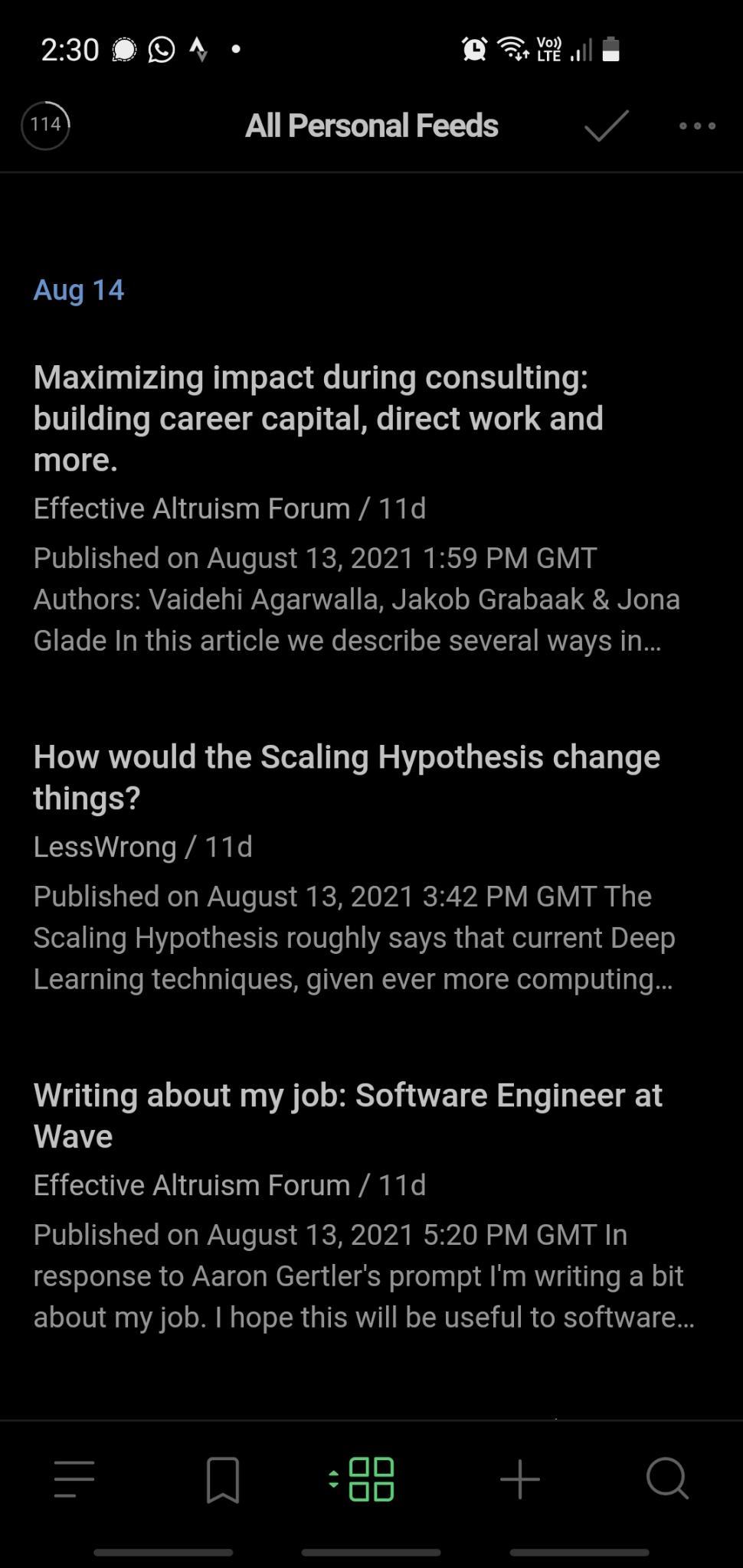I had wondered if it was too hyperbolic to claim that this was an example of proto- or early-PASTA. My earlier draft hedged and said that the next version of these tools would be something like an early PASTA. I would characterise Holden Karnovsky’s post introducing PASTA as describing an agentic system that could improve by making copies of itself and improving itself.
However, when he first introduces the idea of ‘explosive’ scientific and technological advancement, it’s through the thought experiment of creating digital people, which mean that many more minds can be allocated to different research problems.
I would argue that using Whisper or GPT-3 in the way I’ve described in this article is applying a kind of information processing system that in a very limited sense, is similar to allocating another mind to the research problem of capturing and analysing speech & text data—because it essentially replaced me or another researcher doing the task. This is especially the case when chaining tools together with (for now) human supervision. This allows Whisper (language processing module) and GPT-3 with prompting (summarisation and analysis module) to combine for more useful ‘mind-replacement’ than either alone.

Thanks Jacques, I’ll need to check this out. Appreciate the pointer and keen to hear more about an LLM layer on this (e.g., identifying action items or summarising key decision points in a meeting, etc).